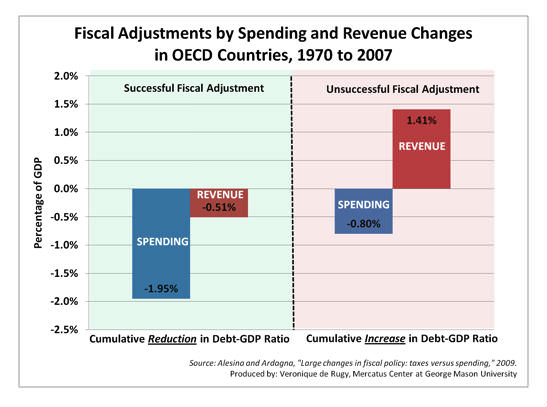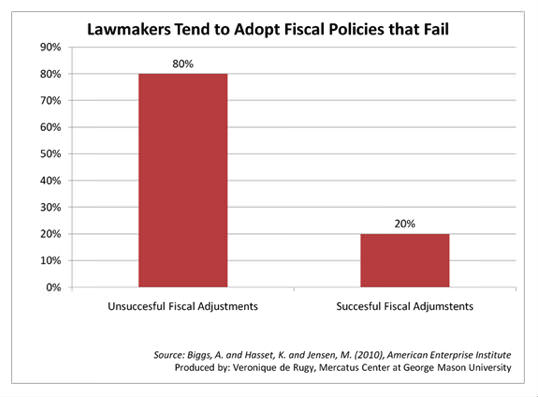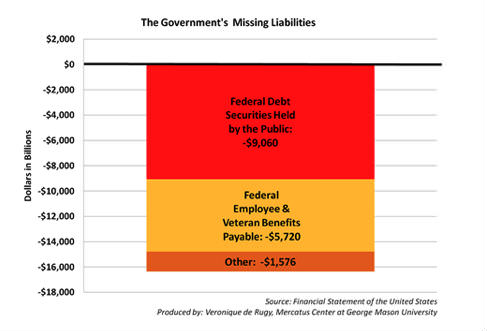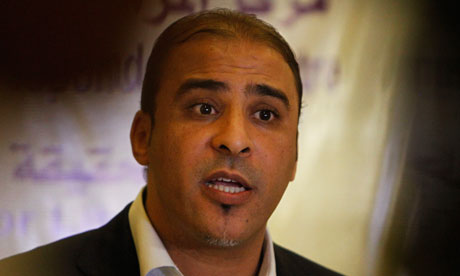The Department of Justice is executing a "Witch Hunt" against banks. Through the DOJ's Civil Rights Division, Attorney General Eric Holder is forcing banks to "relax their mortgage underwriting standards and approve loans for minorities with poor credit as part of a new crackdown on alleged discrimination," according to a published report by Investor's Business Daily after reviewing court documents.
The DOJ has already extorted $20 million for weak and poor credit loans from banks that "settled out of court rather than battle the federal government and risk being branded racist." The DOJ admits another 60 banks are already under "investigation." Holder's demanding the banks sign "non-disclosure" settlement agreements barring them from talking while allowing the DOJ to operate behind a curtain of secrecy.
The settlements already extracted from banks force them to make "prime-rate mortgages to low income blacks and Hispanics" with credit problems, even if they are living on welfare. According to IBD, the DOJ has ordered banks to advertise that minorities cannot be turned down for a loan "because they receive public aid, such as unemployment benefits, welfare payments or food stamps." No job; no problem!
In other words, the DOJ is forcing banks to make loans to people that they know don't qualify for them and likely won't be able to afford to repay them, which is precisely the kind of failed public policy that precipitated the financial collapse and recession in 2008.
The DOJ ordered Midwest BankCentre to provide "special financing" in the predominantly black areas of St. Louis for fixed prime rate conventional home loan financing for borrowers "who would ordinarily not qualify for such rates for reasons including the lack of required credit quality, income or down payment."
Eric Holder and the head of his Civil Rights Division, Tom Perez were both protégés of Janet Reno who launched a similar attack on banks in the early years of the Clinton Administration. That led to an expansion of the Community Reinvestment Act, CRA, and an explosion of forced lending to low-income, poor credit risk borrowers and the sub-prime mortgage industry that collapsed in 2008. Under the weight of massive guarantees of poor quality and defaulted mortgages, the federal government was forced to seize Fannie Mae and Freddie Mac. To date about $150 billion has been required to bailout the two agencies to keep them solvent.
Like Reno, Holder and Perez are pushing their own social agenda, and ramifications to the financial sector and total economy are meaningless to them. They willingly pervert the law and leverage the full weight of the Justice Department to intimidate banks to accomplish their objectives.
Credit analysis and repayment ability of the borrower matter none to Holder and Perez. To them, if a minority is turned down for a loan, it must surely be evidence of racial discrimination. Perez has gone so far as to compare bankers to the Ku Klux Klan. The only difference between bankers and the KKK, he says, is that bankers discriminate "with a smile" and "fine print," but they are "every bit as destructive as the cross burned in a neighborhood."
Holder and Perez appointed another Janet Reno alumnus, Eric Halperin, as Special Counsel for Fair Lending. Previously, Halperin was a lobbyist for the leftist Center for Responsible Lending (CRL) where he pressed congress and the various agencies for continued relaxing of lending standards. Just how objective do you suppose this "special lending cop" is in applying the law?
CRL's website reveals their leftist perspective and agenda; "lenders have strong incentives to engage in unfair, deceptive practices and to aggressively market loans designed to fail." That's pure hooey, of course. Banks make a profit if loans are paid back. They sustain losses when loans fail. But, this phony theory of "disparate impact" or "red-lining" has been used by the left for decades to convince politicians and bureaucrats to force unsound, unsafe lending practices, the consequences of which have been manifested in the current economic mess.
The forced settlements have gone well beyond lending. The concessions that DOJ has imposed have even required banks to fund inner-city "community organizers." According to IBD, "lenders are being forced to bankroll Acorn clones that often exist just to shake them down for risky loans."
As DOJ strong arms banks to relax lending standards to satisfy the Obama Administration's racialist social agenda, other federal agencies are telling banks to do just the opposite. "Banks are damned if they do, damned if they don't," according to Ernest Istook, a Heritage Foundation fellow and former Member of Congress who is critical of DOJ for forcing "affirmative action lending."
The current economic crisis has stressed even the strongest of banks. Bank safety and soundness examiners from the Federal Reserve, the OCC, FDIC, OTS, and NCUA have put the fear of God into banks all across the nation demanding tightened credit standards. They have forced banks to increase capital, add to reserves for losses, mark down asset value of existing credit assets, and questioned virtually every loan the banks make. The CEO of one historically successful community bank told me a regulator demanded, "You will not make another commercial real estate loan." How that bank was supposed to meet the needs of the small businesses in the community while not making loans on commercial real estate was of no concern to the regulator.
The newspapers are full of reports that the government has seized and closed banks, removed management and boards of directors, placed banks on written agreements so tightly drafted that the government has essentially assumed management of the bank while the shareholders, directors and management are still stuck with full risk and liability.
Banks are selling, consolidating, and closing all across America, and going with them is the access to capital and importantly the personal relationship that historically has been vitally important to the success of our entrepreneurial free-market economy. Over 1400 bank offices have closed in the last two years, and many more are expected in 2011. In the wake are exasperated small businessmen wondering what to do next.
If you're confused by the mixed signals and heavy-handedness of government, how would you like to be a banker? Little wonder that banks are afraid to lend and many are almost in lock down. Politicians can talk all they want about getting capital and the economy moving again, but the uncertainty and mixed signals coming from Washington are big reasons why both lenders and borrowers are hiding out in their bunkers.
Thomas Lifson, writing in American Thinker about the DOJ's witch hunt, notes that bankers tend to be "a cowardly lot when confronted by the power of the State." Who can blame them when the government has the power to lock their doors and seize their assets?
Lipson goes on, "Nobody in a highly regulated business wants the government publicly charging racism. A comparatively small group within the Civil Rights Division at the Justice Department has assumed the role of national bank regulators with the intent of favoring groups they support. It's a corruption of the legitimate role of government." Corruption may be an overly polite description.
Added to the bi-polar treatment from the DOJ and other regulators is the fact the very government that controls their every move is now a larger source of consumer credit that all of the private sector banks combined. Recently released Federal Reserve Bank data documents a remarkably rapid and substantial shift to the government as the new credit goliath.
As recently as 2006, the private banking sector provided $2 in outstanding home mortgages and consumer credit for every $1 of government financed loans. The data from the Fed, however indicates that government loans and guarantees now total $6.32 trillion, up from just $4.40 trillion at the end of 2006. For the same period, the private sector market share shrunk to $6.58 trillion from $8.48 trillion.
Curiously, the Fed doesn't count the half-trillion dollars worth of guaranteed student loans as part of the government's total. Historically, local banks originated and financed the Federal Family Education Loan program and the government insured the loans against any loss. But, in 2009 as part of the ObamaCare legislation, the private sector was completely eliminated and beginning in 2010 the government took total control of the entire program. When student loans are added, the government surpasses the entire private sector totals. Even without student loans, with the current trend the government is poised to eclipse the private lenders likely within the current quarter.
The almost overnight collapse of the market for mortgage backed securities as a result of the sub-prime lending debacle – largely precipitated by misguided federal policy forced on lenders – evaporated the private mortgage market, and left Fannie Mae and Freddie Mac – that had been seized by the government – as the only game in town for home mortgages.
In the blink of an eye, the federal government went from the small player facilitator to the dominant force in the financial industry dwarfing the combined efforts of the entire private sector competitors. Additionally, the Top Dog in the credit market place is also the all-powerful regulator over the little dogs in the private sector wielding absolute and largely unaccountable authority over their every move. Through the Federal Reserve, that same government controls the price, the access, the circulation, and amount of the currency on which the rest of the market must be dependent. With a national debt of $14.5 trillion and growing, the largest supplier of loans in the world also has the world's greatest demand for credit sucking up massive amounts of available investment capital to finance the growing national debt before the rest of the market gets a chance.
In reality, the federal government during the last two years has essentially seized the banking industry. What the government doesn't do directly, it controls by regulation, intimidation, and by sheer force and power. Obama got in the car business, the health care business, the energy business, and he's got the government holding most of the cards in banking, too. That's the change; the hope is that he gets fired by the voters in 2012.
True-believing progressives like to flaunt their "transformed" definition of a Free-Market Economy: "The freedom of the government to compete with the private sector." They find a little humor in it, but it's far from funny. What has happened in barely two years has seriously altered the rules of the road, the natural order of things, even what it means to be American. Time will tell if these are permanent changes or just a significant deviation in our long-term course. The outcome rests with us: "We the people."








